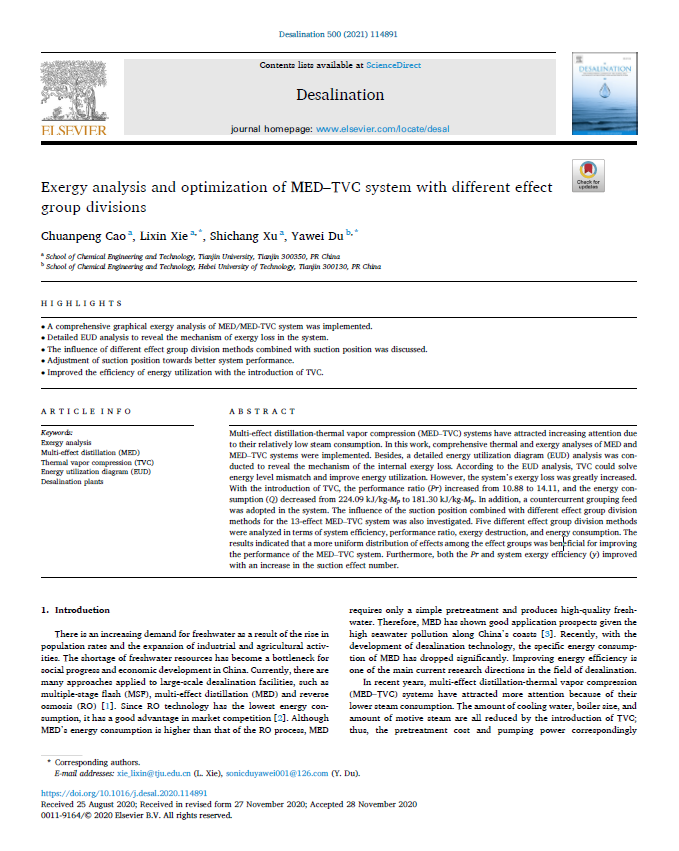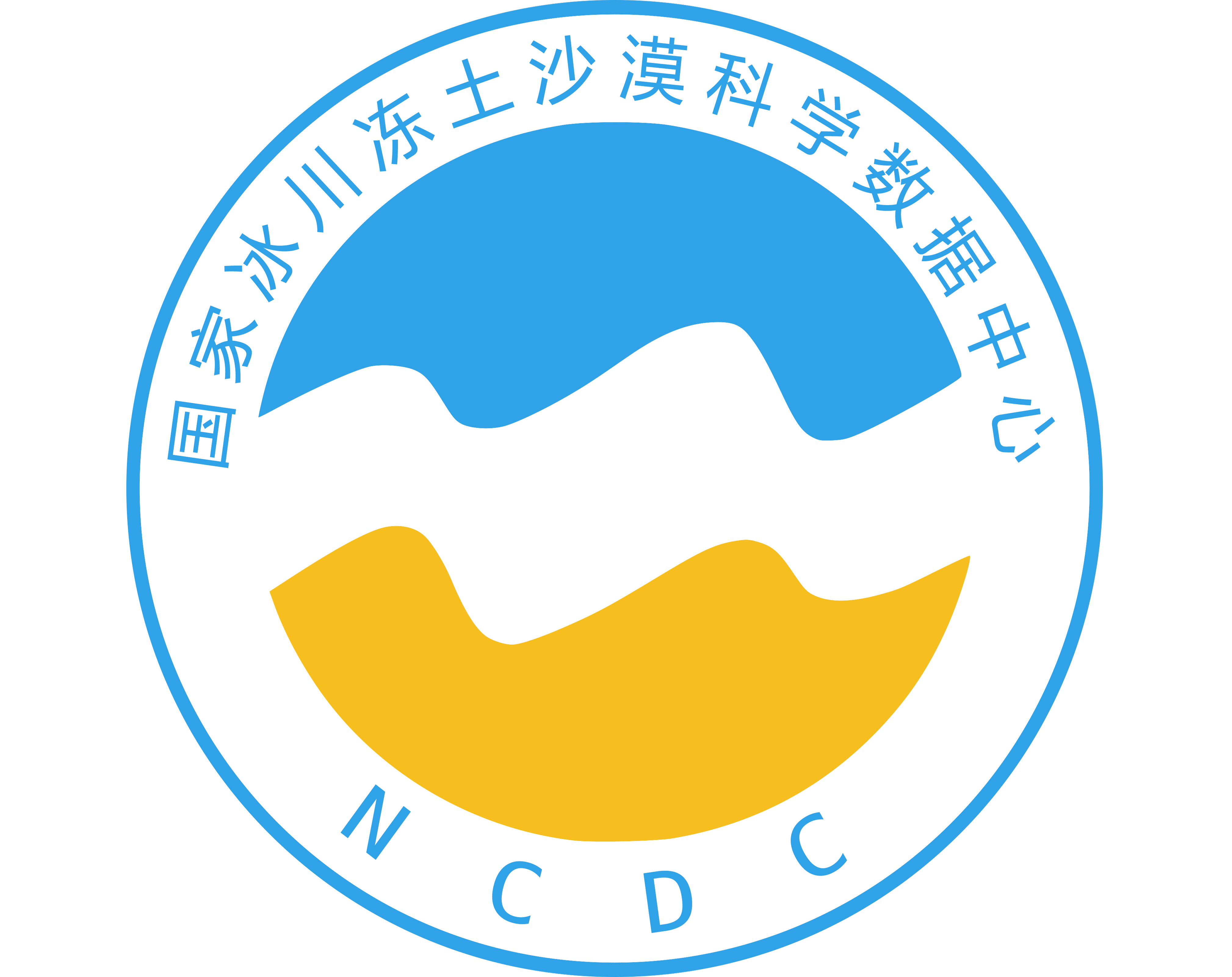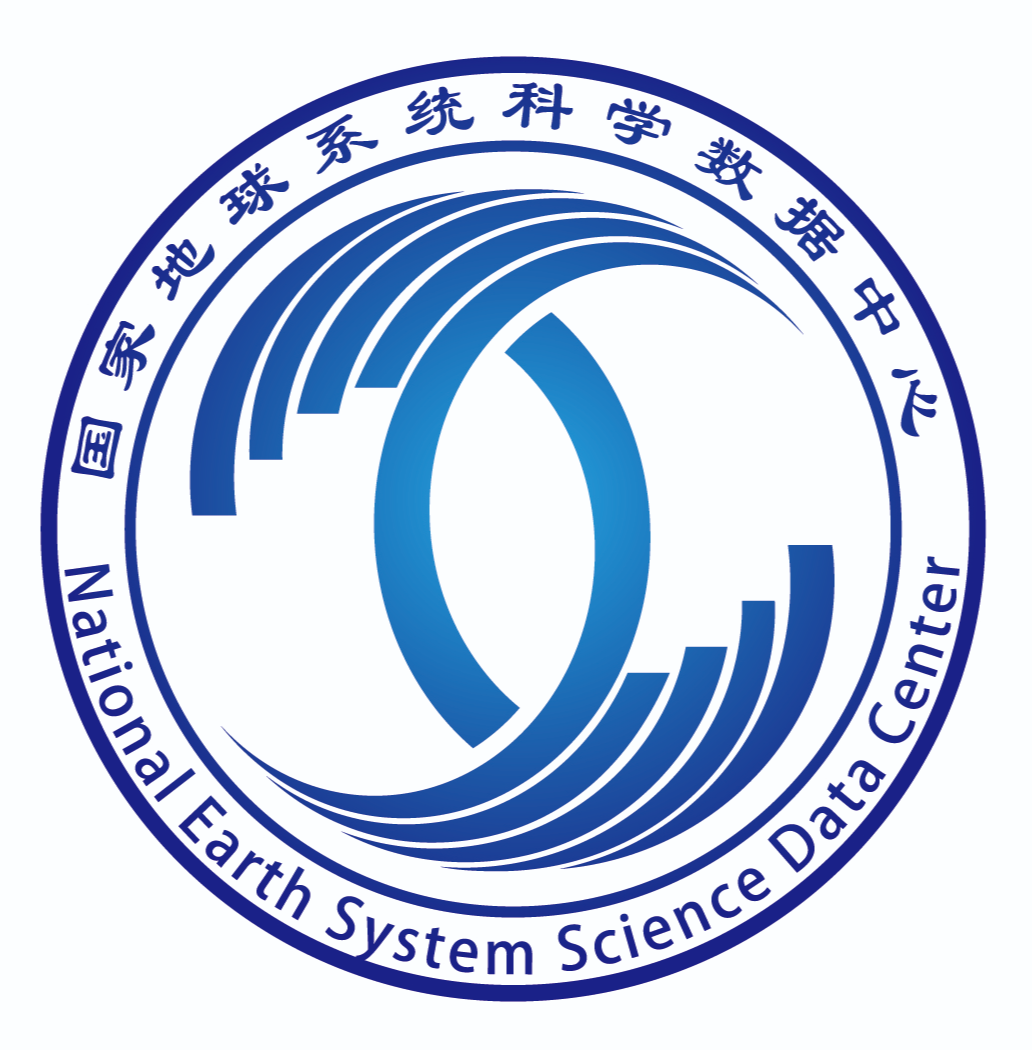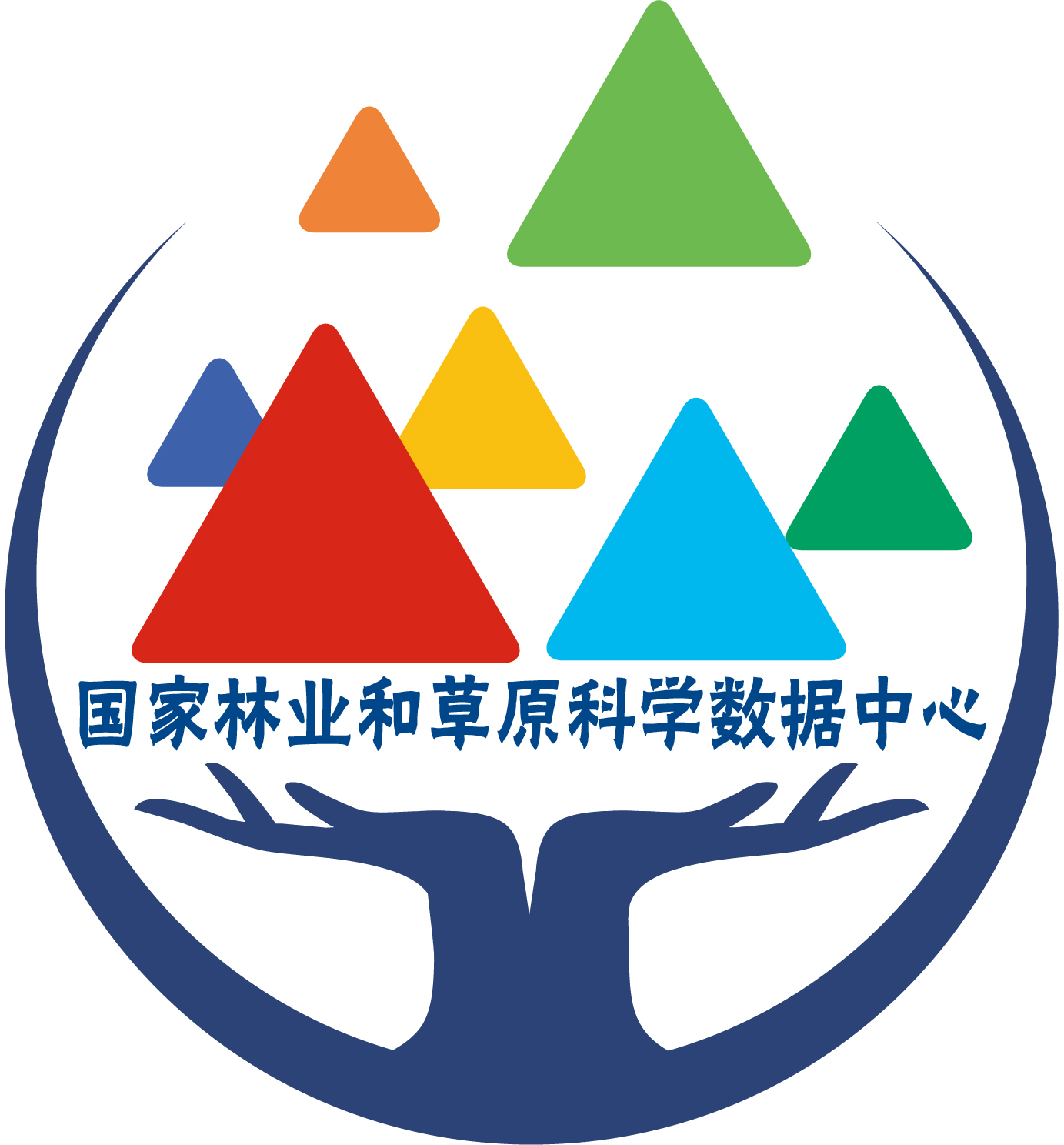Multi-effect distillation-thermal vapor compression (MED–TVC) systems have attracted increasing attention due to their relatively low steam consumption. In this work, comprehensive thermal and exergy analyses of MED and MED–TVC systems were implemented. Besides, a detailed energy utilization diagram (EUD) analysis was conducted to reveal the mechanism of the internal exergy loss. According to the EUD analysis, TVC could solve energy level mismatch and improve energy utilization. However, the system’s exergy loss was greatly increased. With the introduction of TVC, the performance ratio (Pr) increased from 10.88 to 14.11, and the energy consumption (Q) decreased from 224.09 kJ/kg-Mp to 181.30 kJ/kg-Mp. In addition, a countercurrent grouping feed was adopted in the system. The influence of the suction position combined with different effect group division methods for the 13-effect MED–TVC system was also investigated. Five different effect group division methods were analyzed in terms of system efficiency, performance ratio, exergy destruction, and energy consumption. The results indicated that a more uniform distribution of effects among the effect groups was beneficial for improving the performance of the MED–TVC system. Furthermore, both the Pr and system exergy efficiency (y) improved with an increase in the suction effect number.






















